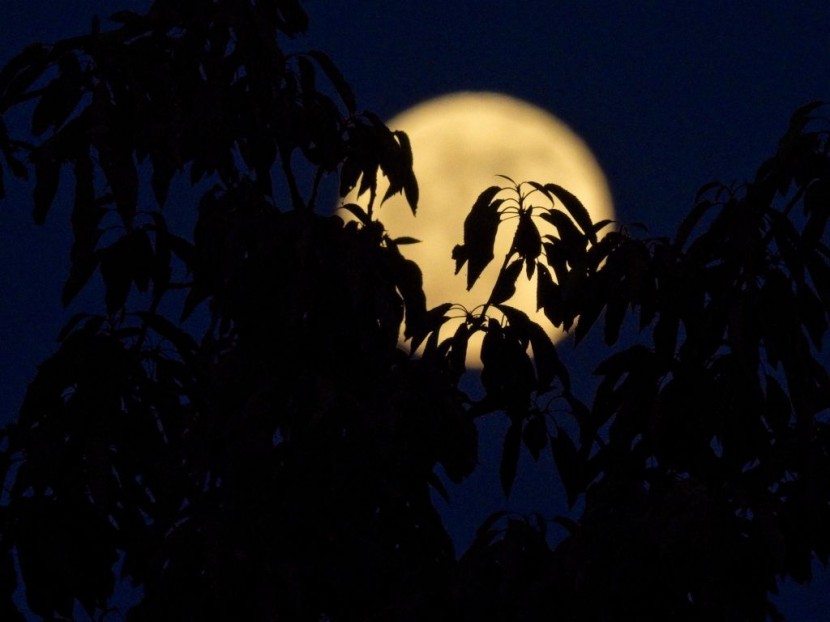
A super blood moon is expected to occur this May and is anticipated to be one of our planet's most stunning sights. Here is how to observe it and when is the best time to watch it from the U.S. and Europe.
The event will be the only total lunar eclipse this year and will happen when the Earth comes between the Sun and the Moon. When the Moon falls fully into our planet's shadow, it will slowly darken before turning into a dusky red color.
Super Blood Moon
The blood-red Moon will be visible to the naked eye just before dawn on Monday in most areas in Europe. In the United States, residents will be able to get a great view on Sunday evening if they want to watch the lunar eclipse.
Our Moon will appear to be larger than normal due to it being at the closest point to Earth of its orbit, hence why it is called the super Moon. Furthermore, this event will also be called a super flower blood Moon because, in the northern hemisphere, a full moon that happens in May is often called a flower Moon due to coinciding with Spring flowers, as per BBC.
During the full eclipse, the only sunlight reaching the Moon will pass through our planet's atmosphere. This causes the light to become blood red due to Earth's sunrises and sunsets being reflected onto the Moon's surface, said an astronomer at the Royal Observatory in Greenwich, London, Dr. Gregory Brown.
The entire lunar eclipse would last for roughly one and a half hours, which is considered to be one of the longest totalities of the decade. A planetary geologist from NASA who specializes in the Moon, Noah Petro, said that the blood-red Moon is like an "eclipse for the Americas" and said it would be "a treat."
According to the Associated Press, the closest point of the Moon to the Earth this time around is roughly 362,000 kilometers at the peak of the eclipse. Petro added that the event would be a gradual, slow, and wonderful sighting.
Tremendous Viewing Opportunity
Fortunately, for people who will be unable to view the super blood Moon personally, NASA will be providing a live stream of the event from various locations, and so will the Slooh network of observatories.
In November, scientists said that there will be another lengthy total lunar eclipse that will be visible to Africa and Europe but not to the U.S. After that one, the next will not be observed until 2025.
An astrophysicist at NASA's Goddard Spaceflight Center in Greenbelt, Md, Madhulika Guhathakurta, said that for the majority of North America, the super blood Moon would be a tremendous viewing opportunity.
Joseph Rao, an associate astronomer at the Hayden Planetarium in New York, said that roughly 2.7 billion people would be able to view this event. The left-hand side of the Moon is expected to start appearing dusky not long after sunset. But the main event starts at roughly 10:28 p.m. when the Moon enters our planet's central shadow, the New York Times reported.








